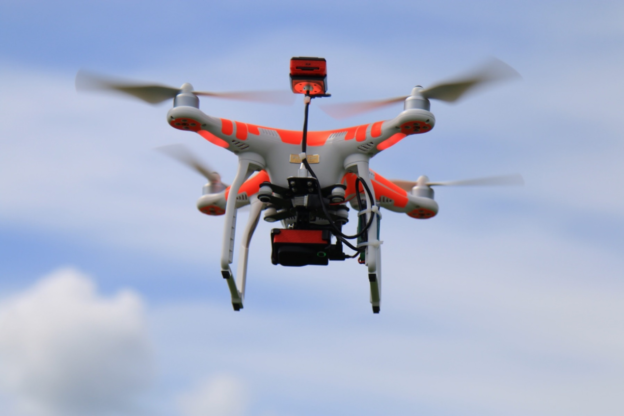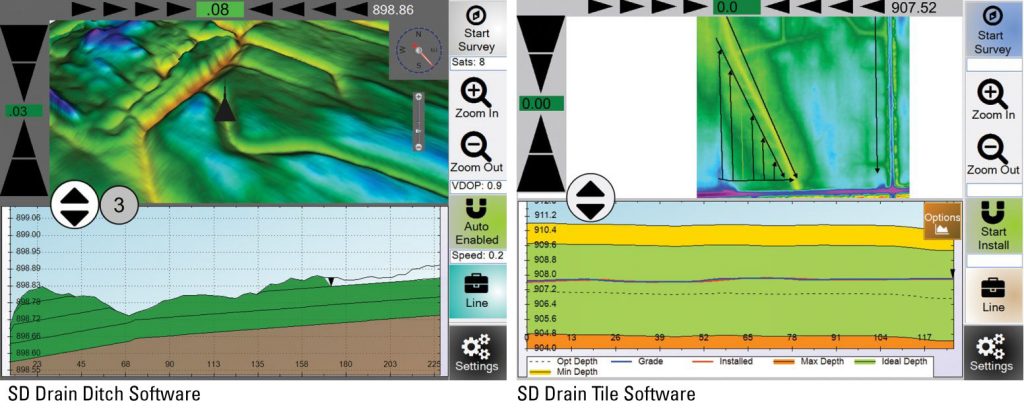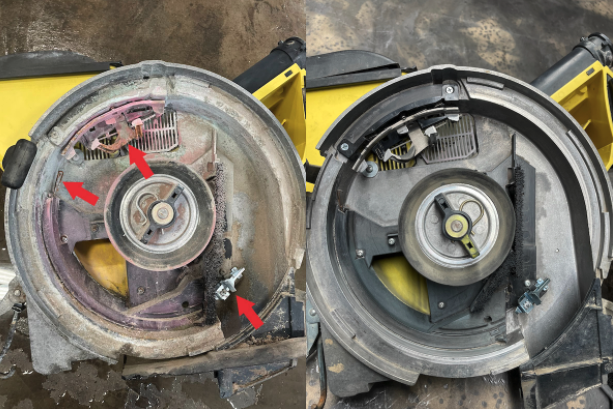How Precision Ag Technology Can Pay in Lean Years

I’ve never heard a farmer proclaim, “Man, I wish I could go back to the days before autosteer and precision ag technology.” Similarly, I have never witnessed someone profess their desire to relive the time when 100-bushel corn was something to be jovial about. To conjure such a thought would be similar to wishing away running water.
Running water, or modern plumbing technology, is extremely convenient; it’s also a lot of other things. Plumbed running water provides higher efficiency in the home, it provides sustenance in areas that would otherwise be desolate, it can be leveraged to increase productivity in business applications, and can even be used to harness energy. The theme here is that running water, like other technologies, provides an immense return on the investment it took to move it. Modern farm technologies are no different.
In the last several years I have worked with growers to increase productivity through operational efficiency. With all the innovative precision technology that has become available, affordable, and incredibly useful in the last decade, it is no surprise that a large part of the focus in increasing production has been founded in these innovations.
For example, in the last two years, I have had more conversations with growers about planting depth that I can count. Field observations at planting, through the growing season, and especially in the combine, paint an undeniable picture identifying the yield-robbing nature of inconsistent planting depth on corn.
Nearly every time I affirm planting depth as an issue with a grower I hear, “I don’t understand how that can be. I set the planter depth at two inches at the beginning of the season.” To that, I remind farmers to think of a boat on a body of water. When the boat hits a wave of any size, the boat bounces in the opposite direction from the wave. The exact same behavior occurs with a planter in a field. The aggressiveness of this behavior is largely determined by the angle of which the soil was worked in relation to your planting direction.
So, what’s the fix? First, adjust the direction of tillage to match the direction of planting. Second, invest in planter depth technologies that will adjust the downward pressure on the fly. The row unit technologies not only account for undulation in the field, but they also avoid compacting soil caused by too much downward pressure.
Another precision ag technology that is worth its weight in gold on farms that deal with excess water is ditching software. A farmer that I know claims that advanced ditching software is one of the best investments he’s ever made. It has allowed him to produce a crop on many acres that, for decades, suffered from flooding. How many acres are on your farm that haven’t been producing for you due to water management issues? Are you actively making strides to increase production on those acres?
Ever wonder if or when Goss’s Wilt will affect your farm and start taking money out of your pocket? Assuming you are in an area where Goss’s Wilt bacteria is present, or soon to be present. If you have a drone and all you ever used that drone for was to scout for Goss’s Wilt, it would likely pay for itself with the first field you fly. Often, the aggressiveness of Goss’s Wilt cannot be calculated from the road or the combine. You simply cannot see the entire field from the pickup. And, by the time corn is ready to harvest, plants are dead, hiding the telltale signs of Goss’s Wilt.
Simply doing a 10 minute flight with a drone in July, August, and September can effectively determine the presence and severity of Goss’s Wilt. Having this knowledge can affect your seed buying decisions next year by selecting hybrids with good resistance to Goss’s Wilt.
In great times and lean times, the significance of making smart decisions for the farm remain the same. Being sound in the fundamentals, maintaining a flexible mindset, welcoming change, understanding how to invest resources objectively, and most importantly not playing a victim is what separates folks that thrive from those that fade.
I subscribe to the concept that production-based businesses cannot save their way to prosperity. If you reminisce about what it took for your farm to get to where it is today, you would be able to come up with a lengthy list of considerations. Think about it for a few minutes and ask yourself, “Aren’t you glad you invested in precision ag technology?”






